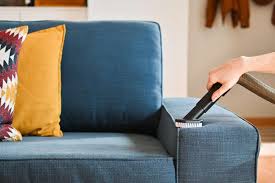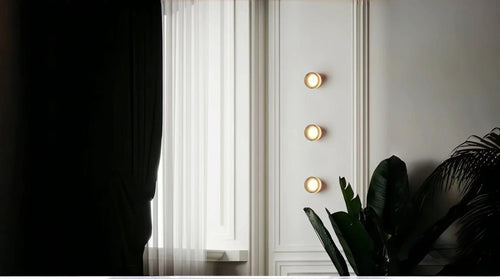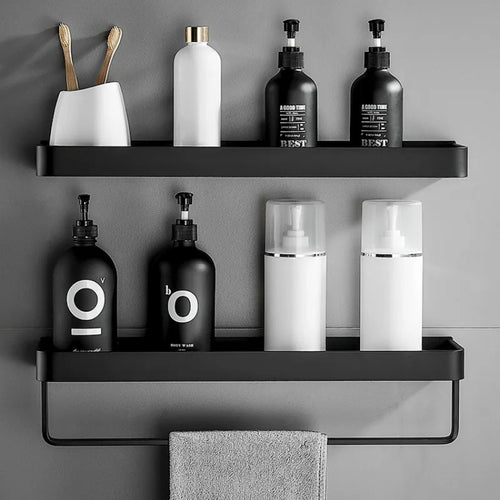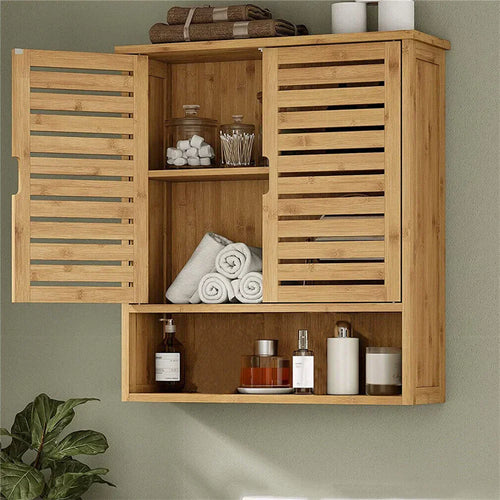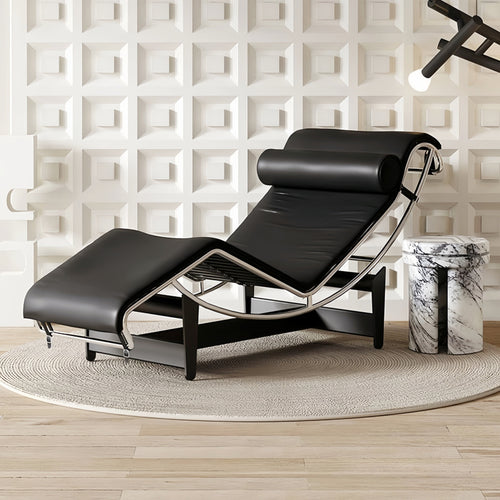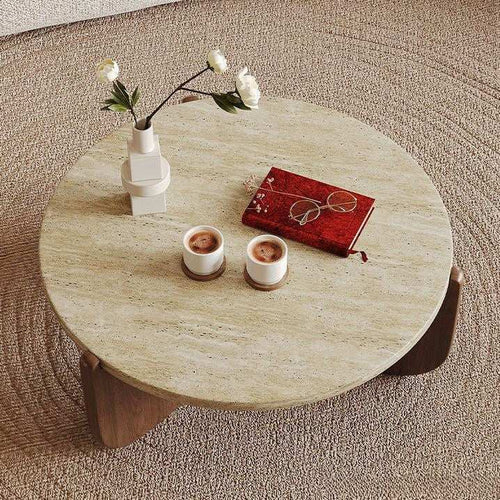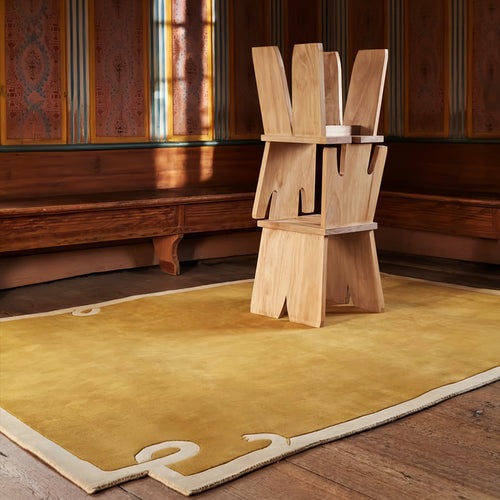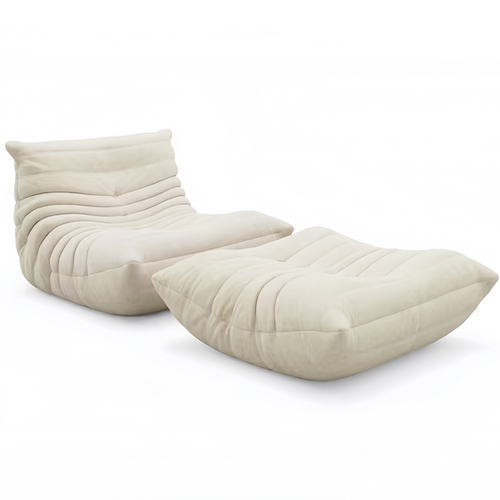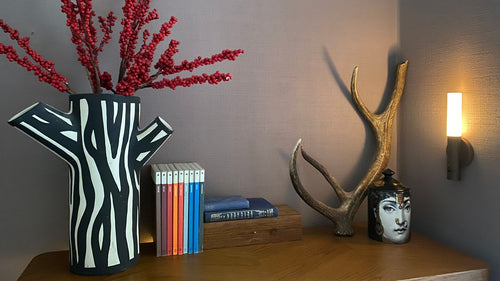If you have a fabric sofa that is stained or smelly, you should first vacuum it thoroughly. A vacuum cleaner with a brush attachment can remove dirt and dust that has settled on the sofa. It is also helpful to vacuum and brush the couch on a regular basis to prevent dirt build-up.

Baking soda
Baking soda is a great natural cleaning treatment for fabric sofas. It can be used dry to absorb odours and loosen dirt or as a saturated solution to penetrate deep into stains. Before using any cleaning product on your couch, be sure to spot-test it in an inconspicuous area to ensure that the cleaner won’t discolour or damage your fabric.
Start by vacuuming your couch using a natural bristle brush or upholstery attachment to remove loose dirt and dust. Once the vacuuming is complete, sprinkle the entire surface of your couch with baking soda. Be generous with the amount of baking soda you use and allow it to sit for about 20–30 minutes. Next, use a brush or upholstery vacuum attachment to loosen and lift the baking soda from your couch.
Once the baking soda is gone, you can either apply a natural-smelling odour-eliminating spray or a solution made from white vinegar and water. If you choose a spray, use a clean, microfiber cloth to wipe the sofa and blot away any excess liquid. Be sure to blot, not rub, to prevent the fabric from becoming too wet and developing a new stain.

After you have blotted the couch, let it air dry in a well-ventilated area. If possible, open windows and run fans to speed up the process. If the couch is particularly greasy, you may need to repeat this process several times. Once your couch is dry, you can use it as normal.
If you have a serious stain or odour on your fabric sofa, it may be time to consider taking it to a professional. While it will cost more than doing it yourself, it’ll be worth the extra expense to have a sanitised and fresh-smelling sofa. If all else fails, you can always try to disguise the smell with an odour-eliminating deodourizer. However, this is only a temporary solution and will only mask the smell for a short time. If your fabric sofa has been ruined by a large spillage or pet accidents, you may want to consider reupholstering it.
Vinegar
If you’ve got a fabric sofa, it can be a challenge to keep it clean. Fortunately, there are a few simple tricks you can use to get your sofa looking great. You can even use vinegar, a cheap and natural cleaner. It’s safe to use on most fabrics, and it doesn’t contain any chemicals.
Vacuum your sofa regularly to remove any dirt and dust that’s accumulated on the surface. Make sure you vacuum all the crevices of the sofa as well. It’s a good idea to vacuum with the attachments that come with your vacuum, as they can reach inaccessible crevices that you might miss.

To use vinegar on your fabric sofa, pour a small amount of vinegar onto a cloth and rub the affected area. Repeat this process until the stain is gone. If you have a particularly stubborn stain, you can use a bit of baking soda in conjunction with vinegar to remove it. This combination will help to lift grease and oil off of the couch, leaving you with a fresher-looking sofa.
A dry cleaning solvent is also a good way to clean fabric couches. However, it’s important to remember that this type of cleaner doesn’t rinse out completely. If you don’t rinse thoroughly, the cleaner can cause your fabric to shrink and become discoloured. It’s also important to test the cleaner on an inconspicuous area first.
If you want to use a dry cleaner on your fabric sofa, follow the manufacturer’s instructions. Many products are available in either solvent- or water-based forms, and you should always check the label to ensure that you’re using a product that won’t damage your sofa.
If you’re using a commercial solvent, be careful not to let it get too close to the piping on your sofa. You should also make sure that you don’t get any spilled solvent on your skin. Finally, it’s a good idea to air the sofa overnight before sitting on it. It may take a while for the sofa to completely dry. During this time, it’s best to open windows and keep the temperature low.
Steam cleaner
A steam cleaner is a great way to keep your fabric sofa clean. You can use a cleaning solution with water or a mild detergent to clean your sofa. The most important thing is to follow the manufacturer’s instructions and test any chemicals on an inconspicuous area of the sofa first. Using harmful chemicals could damage your sofa or leave permanent staining.

A good place to start is by dusting your sofa with an upholstery brush or a dry cloth. This will help remove any dirt and debris that has built up. Then vacuum the couch to remove any loose dirt particles. If your sofa has removable covers, you can also take off the covers and wash them separately.
Next, you should spot clean any stains on your fabric sofa with a damp cloth and a mild detergent or soap. If the stain is still visible, apply a small amount of baking soda to the area. Wait a few minutes for the baking soda to work and then vacuum or brush the area. This will remove the stain and make it easier to clean in the future.
If the stains don’t come off, you can try rubbing them with a kitchen roll or a dry cloth. If the stain is liquid, blot it rather than rubbing, as this will only push the stain deeper into the fabric fibres. If you’re unable to remove the stain, you can try an enzyme cleaner or one of the enzymatic cleaners for animal odours, like Nature’s Miracle.
Alternatively, you can use a mild-solution cleaner that is made from natural ingredients. These are cheaper and kinder to the environment. You can mix 1/4 cup of vinegar, 3/4 cup of warm water, and 1 tablespoon of dish or castile soap in a spray bottle. Mist the soiled area and scrub with a soft cloth until it lifts. Then, use a second cloth moistened with clean water to remove the soap, and dry with a towel.
Lastly, you can sanitise your fabric sofa with a disinfectant spray. This will kill any lingering bacteria and eliminate odours. This is especially helpful on fabric sofas with non-removable covers.
Vacuum
Using a vacuum cleaner with upholstery attachments, like the one offered with a Dyson, is a great way to clean your fabric sofa regularly. Frequent vacuuming removes dust and dirt from the surface of your couch and gets into the nooks and crannies, such as under detachable cushions. It also helps to prevent stains and keeps your furniture looking new.
A vacuum cleaner with a hose and upholstery attachment is the best option, but even a handheld can do a good job of getting rid of surface dirt. Start at the top and move your way down, making sure to get all the nooks and crannies of the fabric. Use the upholstery brush to loosen and collect dirt, then run the power head over the entire surface of the fabric. Also, remember to clean thoroughly under any detachable cushions and the back of the sofa.
In addition to regular cleaning, your fabric sofa may need a spot treatment for stubborn stains. Try a combination of washing-up liquid, white vinegar, and baking soda to create a solution that will lift stains from your sofa. The mixture should froth up as the baking soda and vinegar react with each other and should be applied directly to the stain. Leave it to dry for 10 minutes before wiping away any residue with a cloth that has been soaked in water.
For a more thorough deep clean, you can use upholstery shampoo or mild detergent. However, be sure to test the cleaning product on a small portion of the fabric sofa. Look for the cleaning code on your fabric sofa, which should be labelled W, S, WS, or X. A "W" sofa can be cleaned with a water-based cleaner, while a "S" couch requires the use of solvent-based products. A WS sofa can be cleaned with both water and solvent, and an X sofa should only be vacuumed or lightly brushed. You can buy professional upholstery shampoo and cleaners at most home stores. However, you can also make your own mild-solution cleaners from ingredients you already have in your kitchen.

